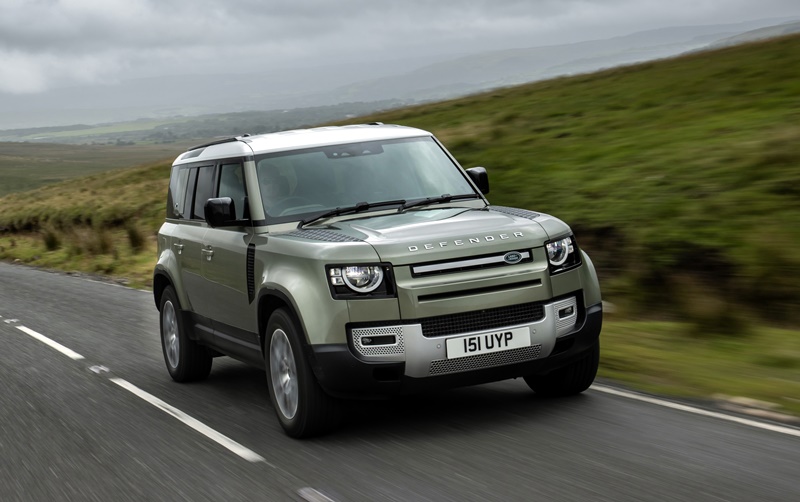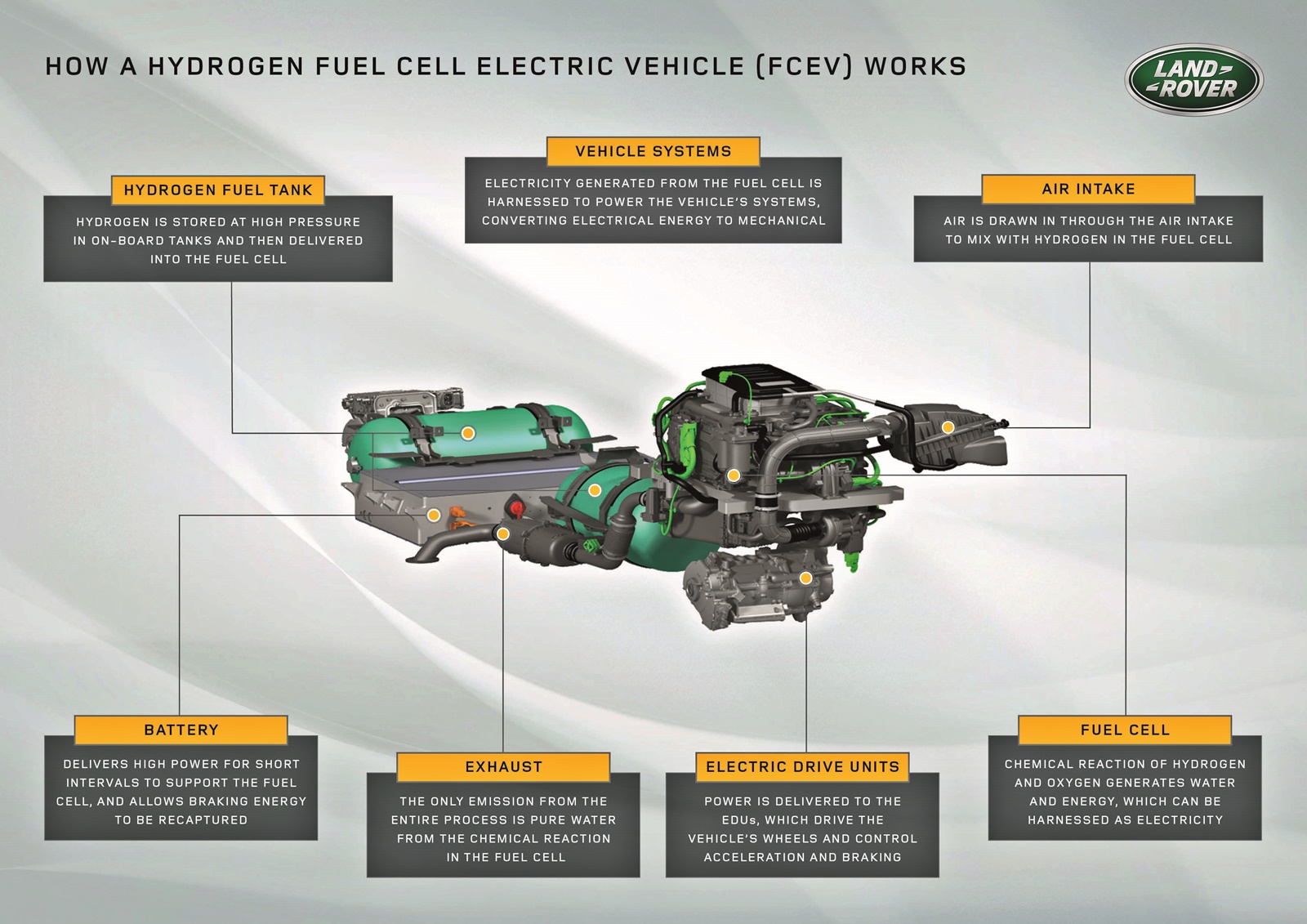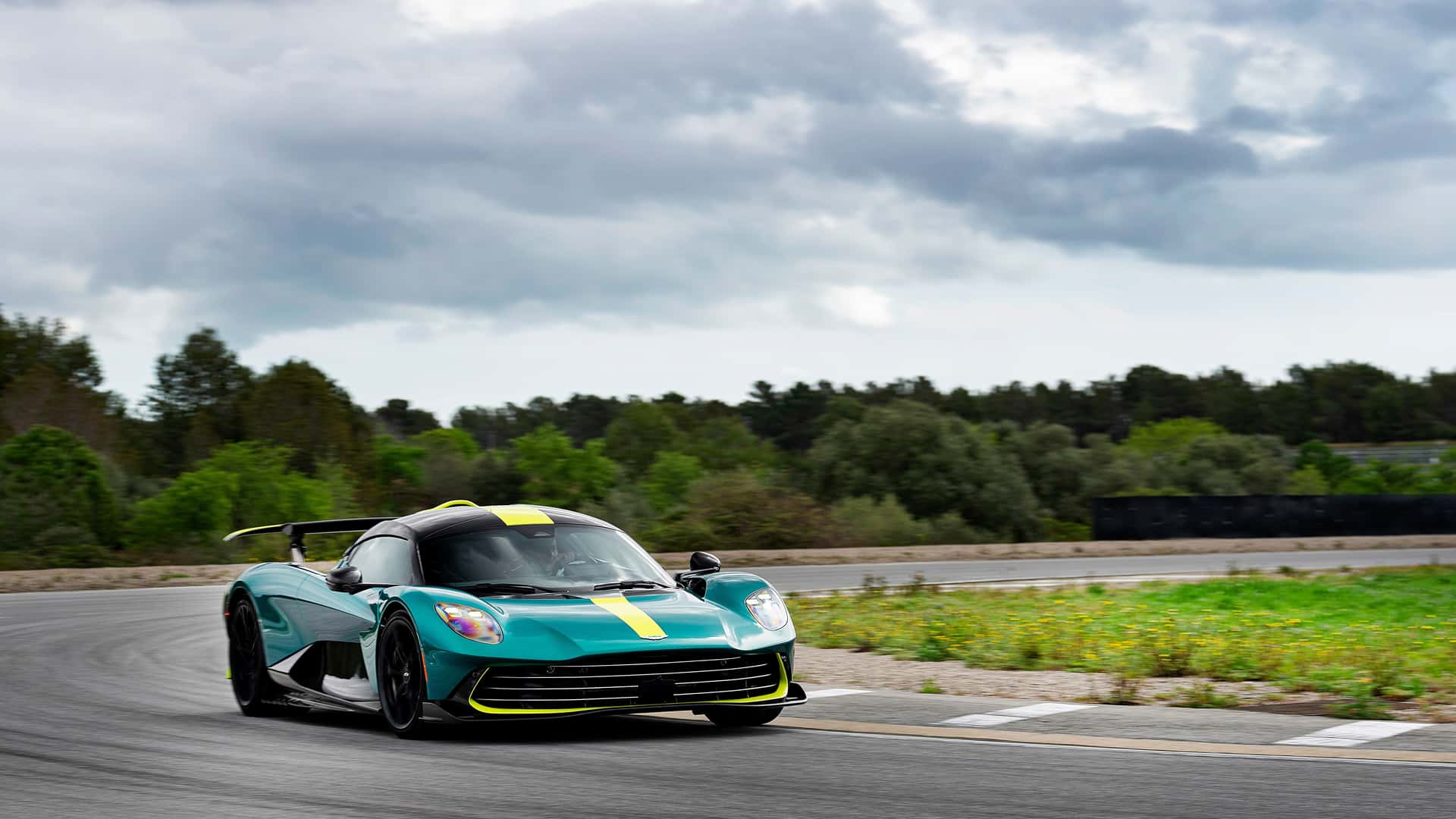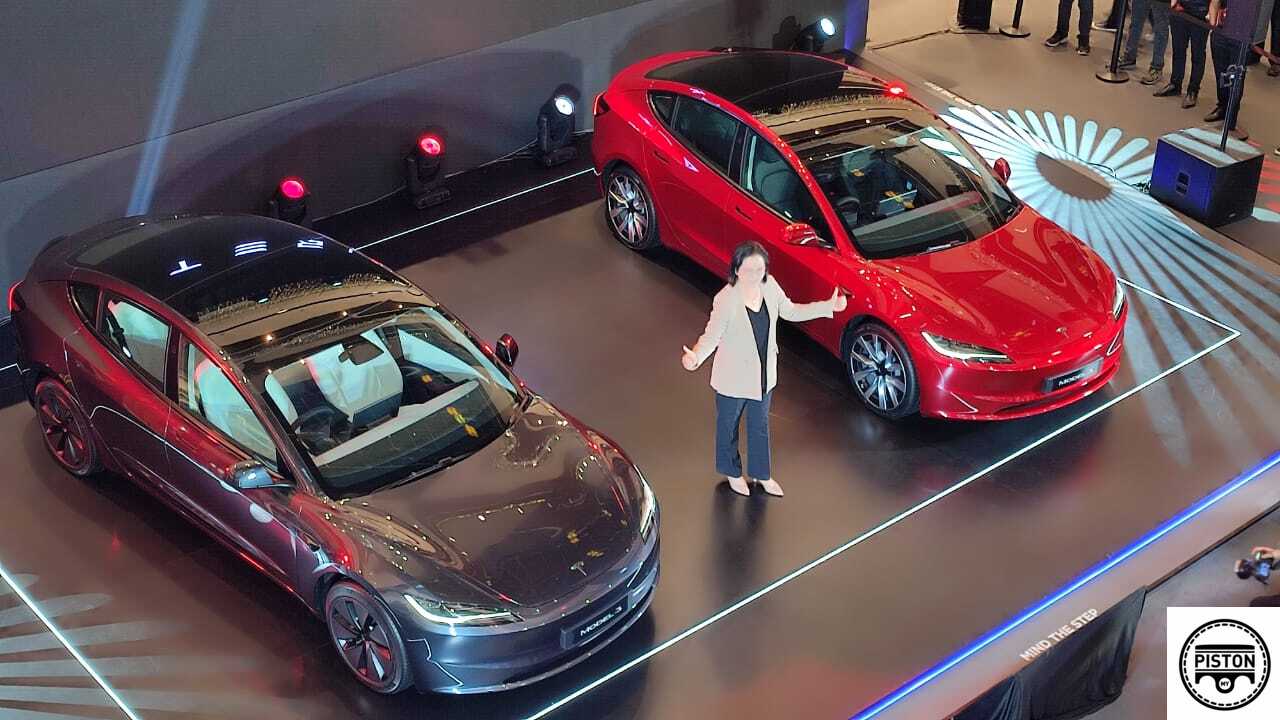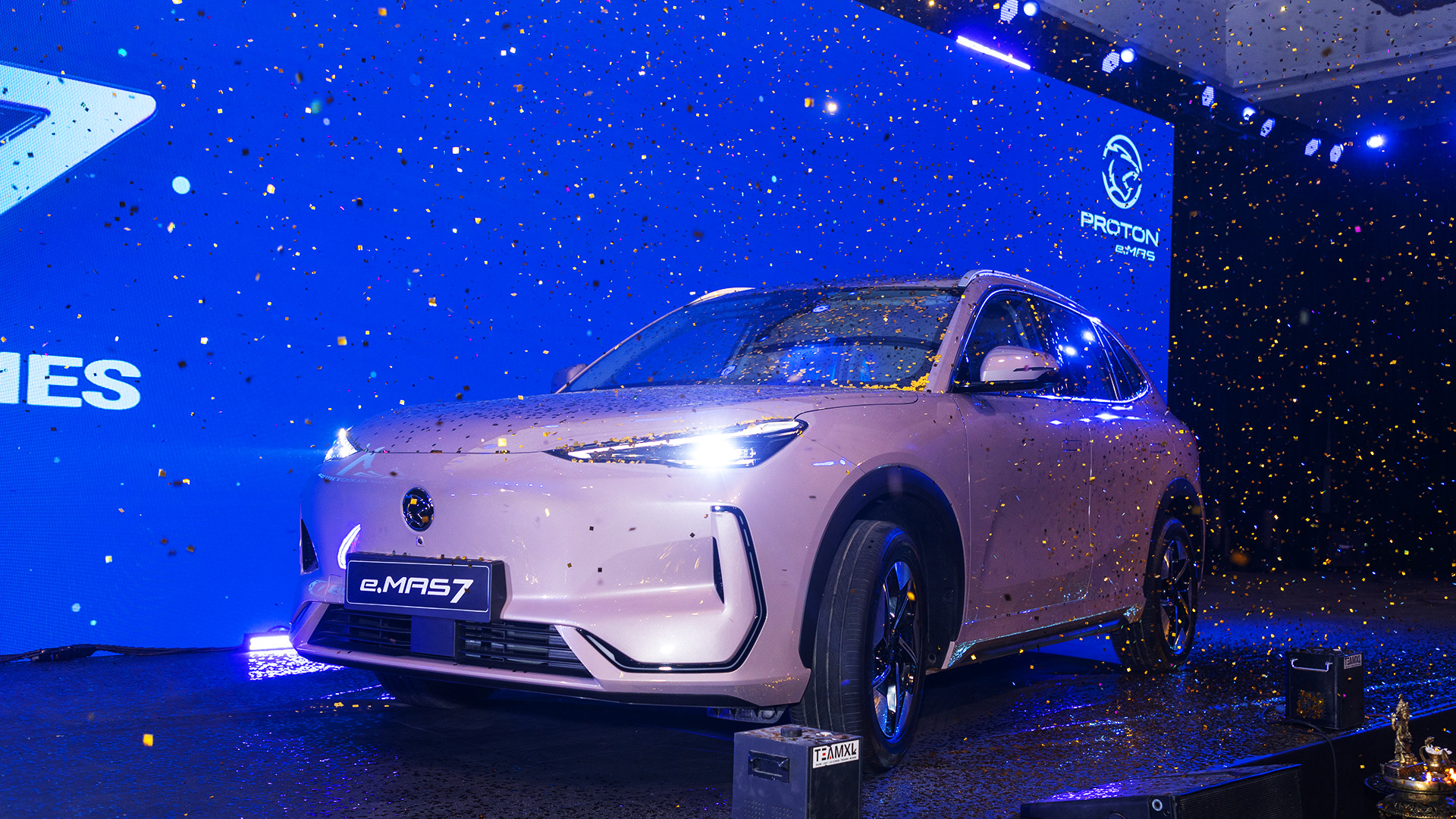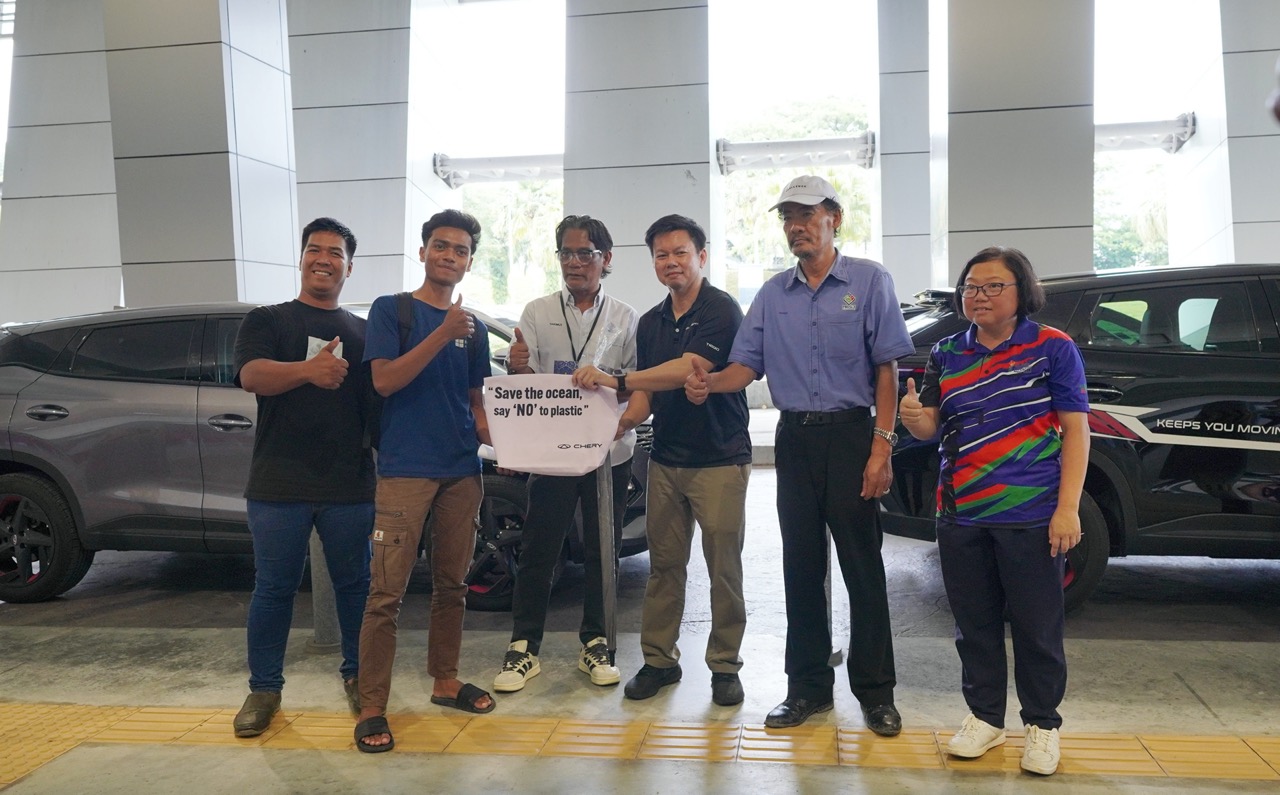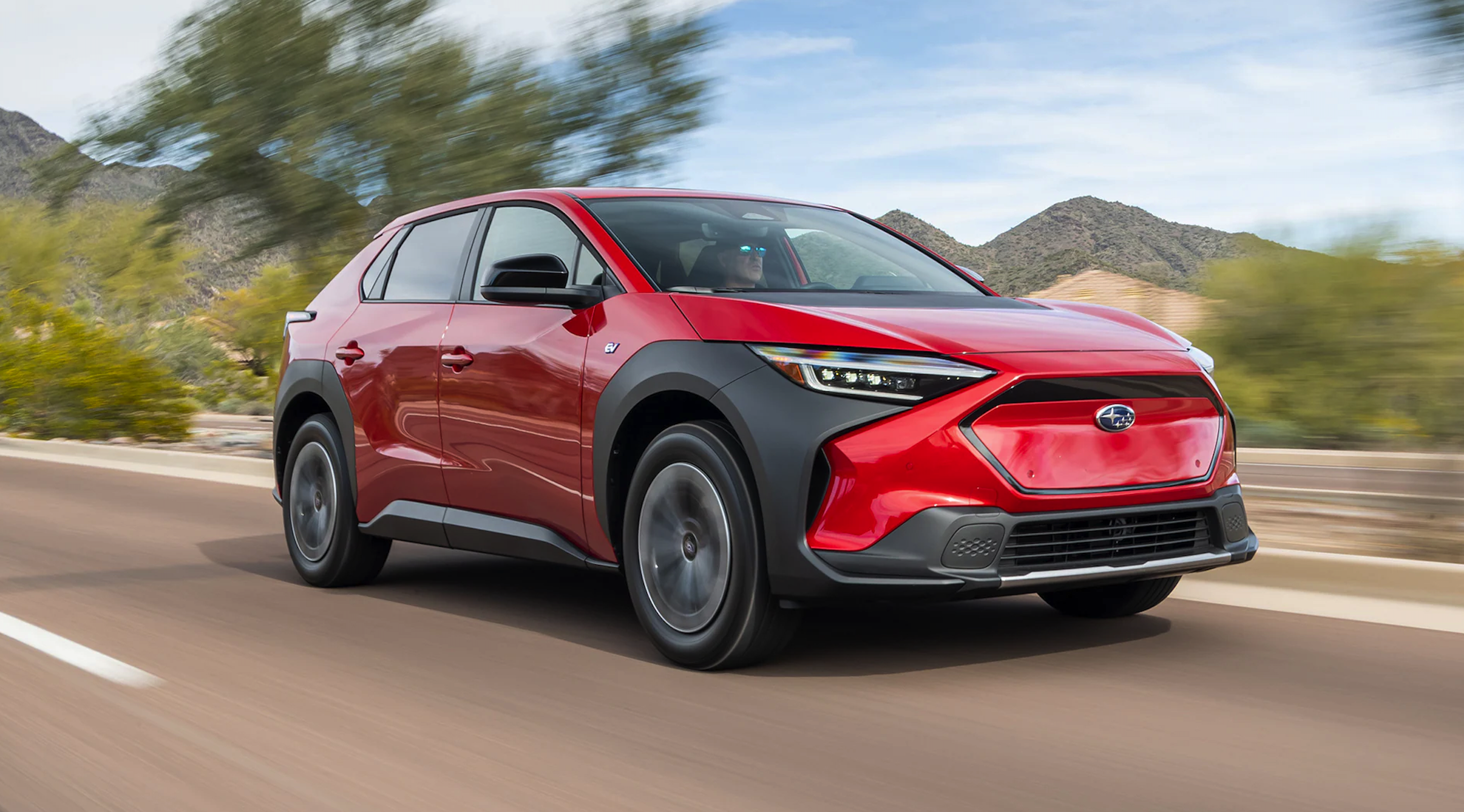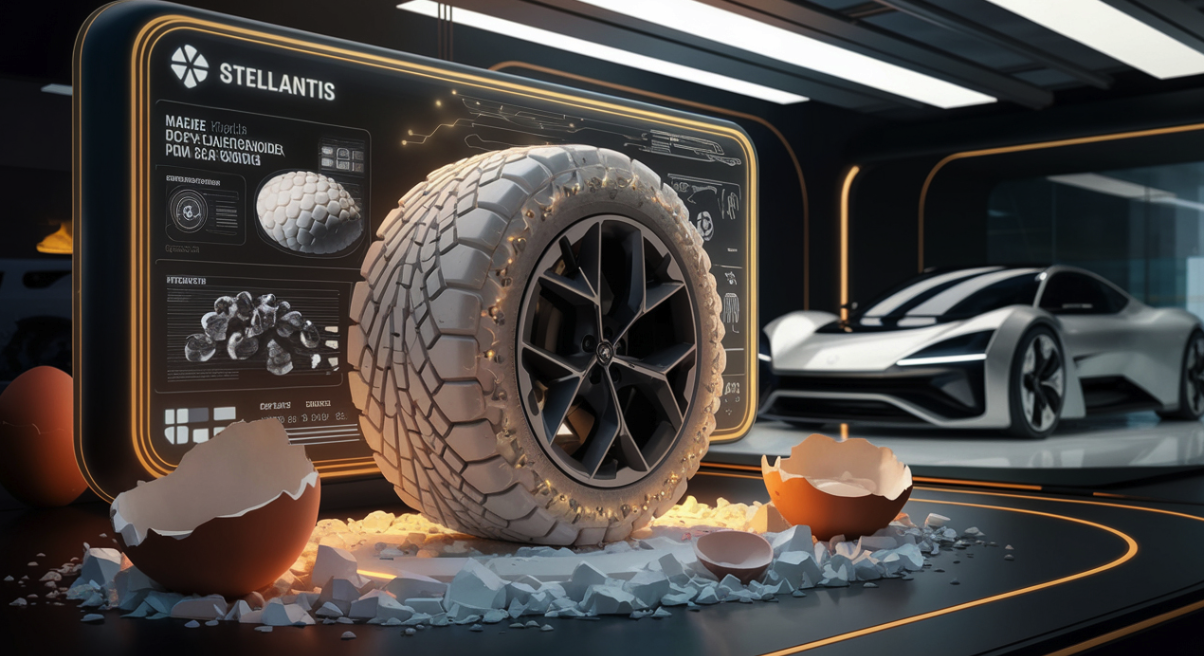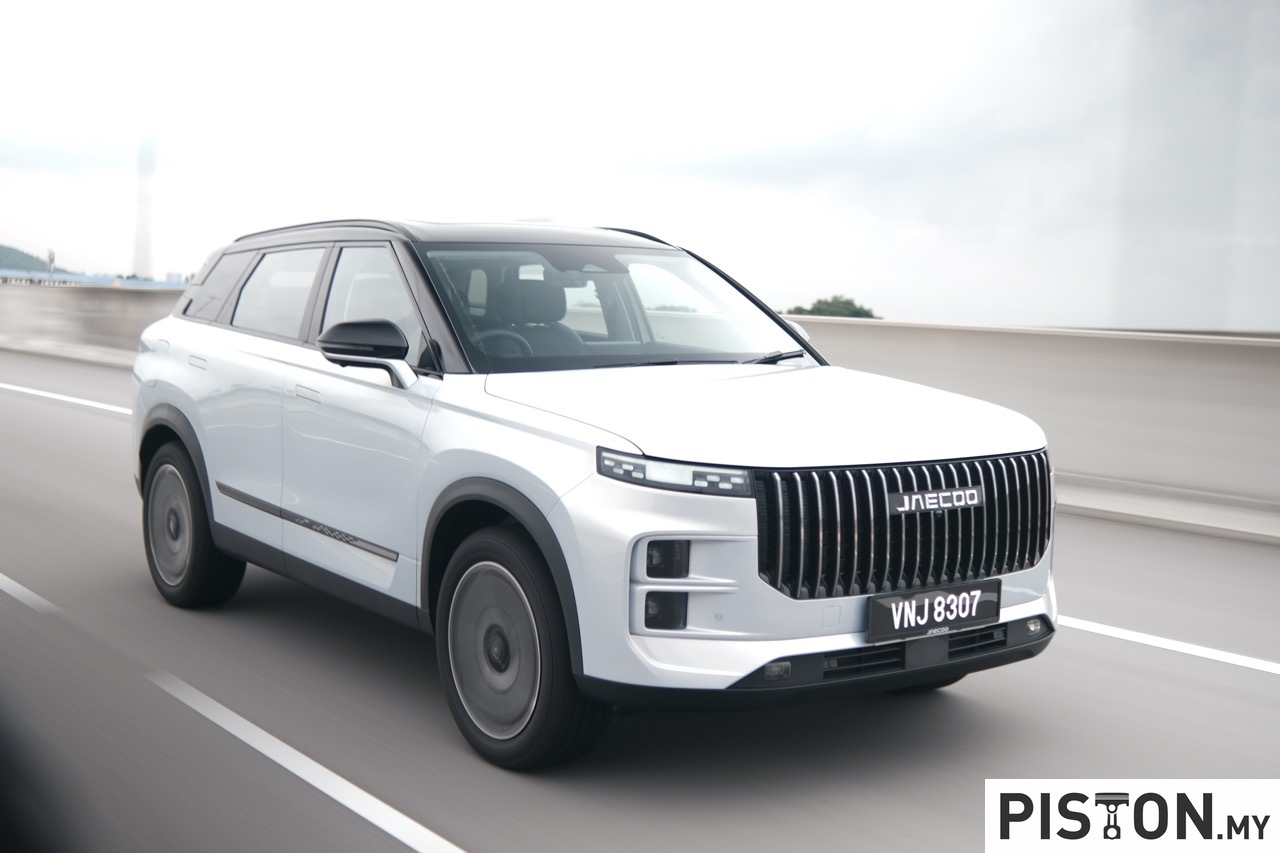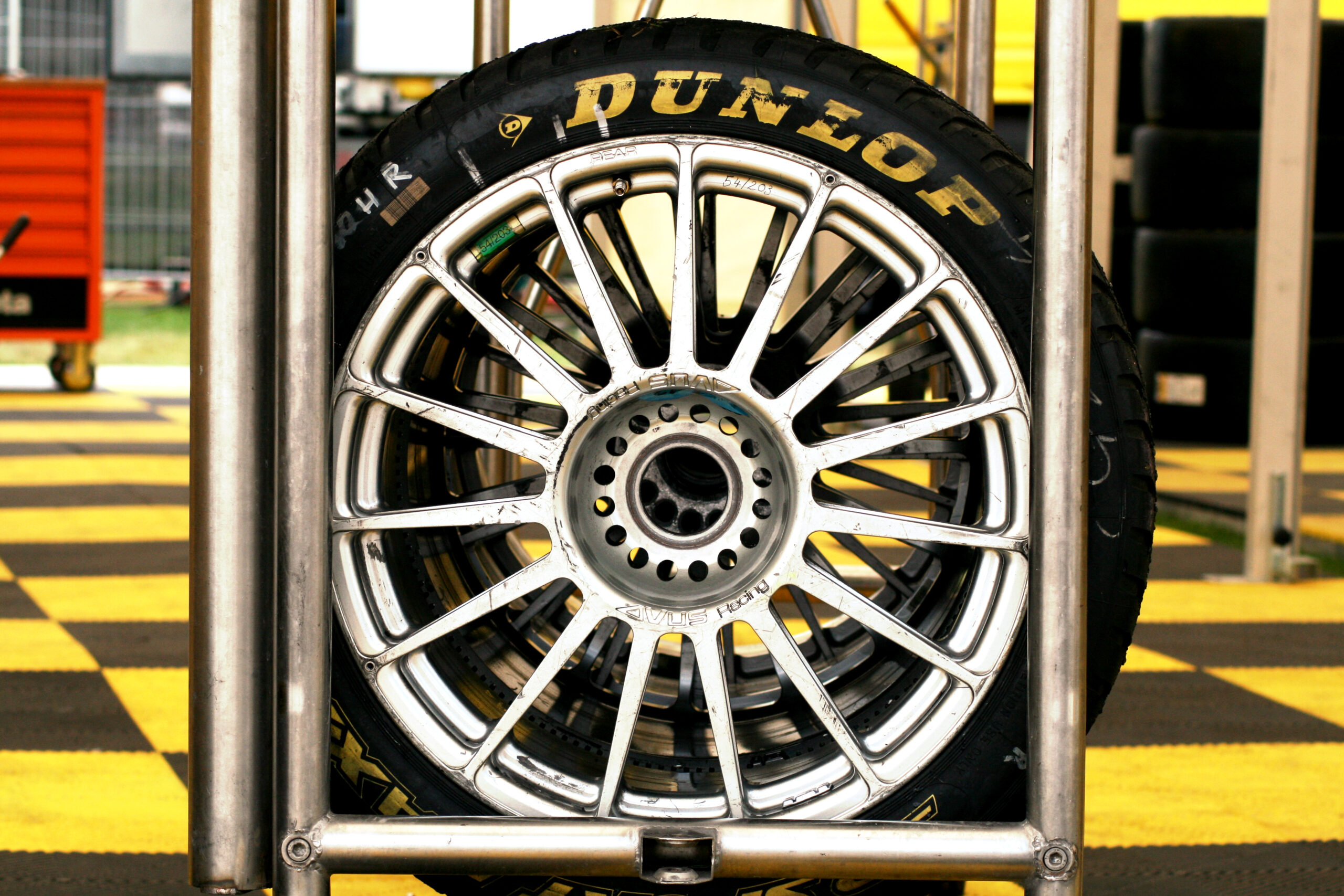Aiming for net zero carbon emissions by 2039, in line with the Reimagine strategy announced last month, Jaguar Land Rover’s (JLR) aim includes zero tailpipe emissions from its vehicles by 2036. This means that internal combustion engines will no longer be used. Electrical power is the most viable solution for future powertrains as they will have zero emissions, and JLR is developing various prototypes.
Fuel cells, spin-offs from the space program, are being considered by a number of manufacturers, some of whom already have commercialised fuel cell electric vehicles (FCEVs). JLR is also looking to use a hydrogen fuel cell and is developing a prototype FCEV based on the latest Land Rover Defender.
Advantages of hydrogen FCEV
FCEVs, which generate electricity from hydrogen to power an electric motor, are complimentary to battery electric vehicles (BEVs) on the journey to net zero vehicle emissions. Hydrogen-powered FCEVs provide high energy density and rapid refuelling, and minimal loss of range in low temperatures, making the technology ideal for larger, longer-range vehicles, or those operated in hot or cold environments.
Since 2018, the global number of FCEVs on the road has nearly doubled while hydrogen refuelling stations have increased by more than 20%. By 2030, forecasts predict hydrogen-powered FCEV deployment could top 10 million with 10,000 refuelling stations worldwide.
JLR’s advanced engineering project, known as Project Zeus, is partly funded by the government-backed Advanced Propulsion Centre, and will allow engineers to understand how a hydrogen powertrain can be optimised to deliver the performance and capability expected by its customers: from range to refuelling, and towing to off-road ability.
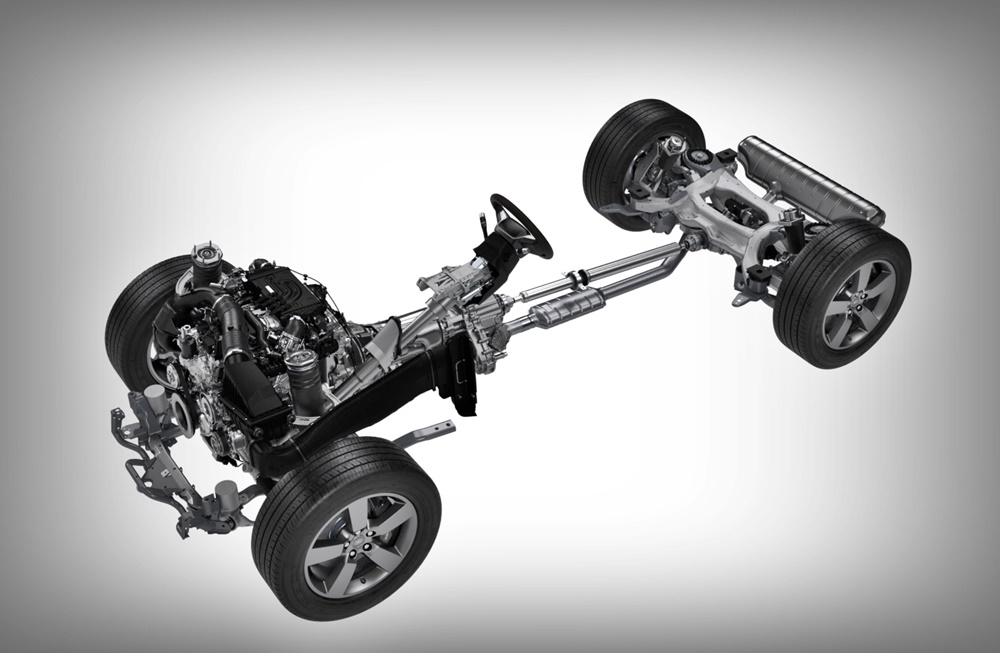
The project also has other partners involved such as Delta Motorsport, AVL, Marelli Automotive Systems and the UK Battery Industrialisation Centre (UKBIC) to research, develop and create the prototype FCEV with testing scheduled to begin this year. The testing, in the UK, will verify key attributes such as off-road capability and fuel consumption.
“We know hydrogen has a role to play in the future powertrain mix across the whole transport industry, and alongside battery electric vehicles, it offers another zero tailpipe emission solution for the specific capabilities and requirements of Jaguar Land Rover’s world class line-up of vehicles. The work done alongside our partners in Project Zeus will help us on our journey to become a net zero carbon business by 2039, as we prepare for the next generation of zero tailpipe emissions vehicles,” said Ralph Clague, Head of Hydrogen and Fuel Cells for Jaguar Land Rover.
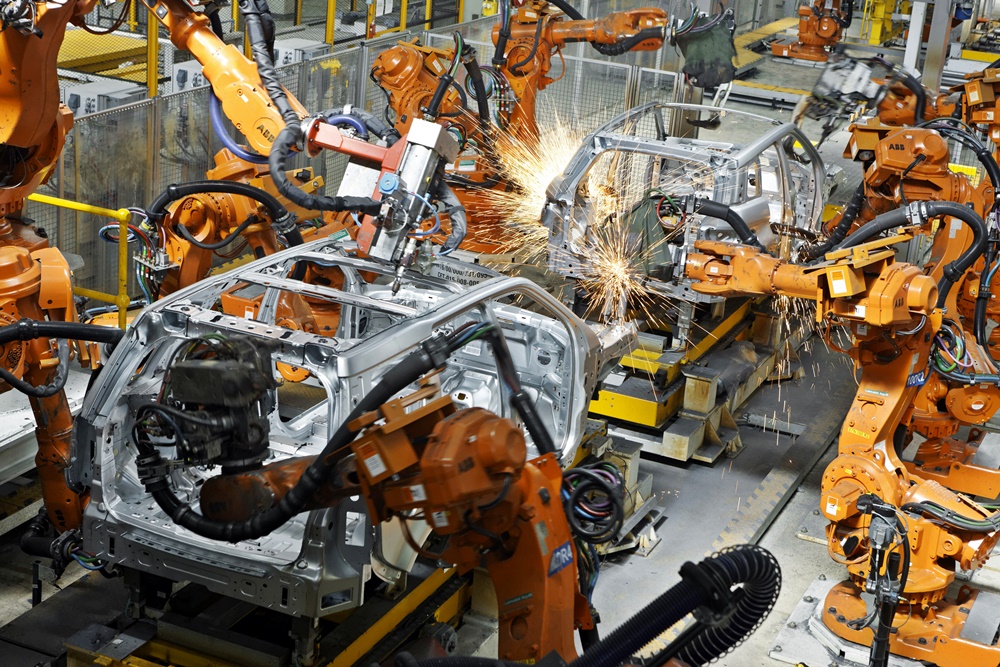
Producton facilities are carbon neutral
JLR was the first UK automotive manufacturer to have met the internationally recognised PAS 2060 standard for carbon neutrality across its vehicle manufacturing assembly operations and product development sites. In January last year, its facilities completed a second consecutive year being certified as carbon-neutral by the Carbon Trust. Together, these sites represent 77% of JLR’S global vehicle production.
The Carbon Trust re-certification is part of the carmaker’s journey to ‘Destination Zero’, after it was originally achieved two years ahead of a commitment to operate carbon-neutral UK manufacturing by 2020.
New Land Rover Defender’s Mild Hybrid Electric Vehicle system provides ‘future-proofing’




